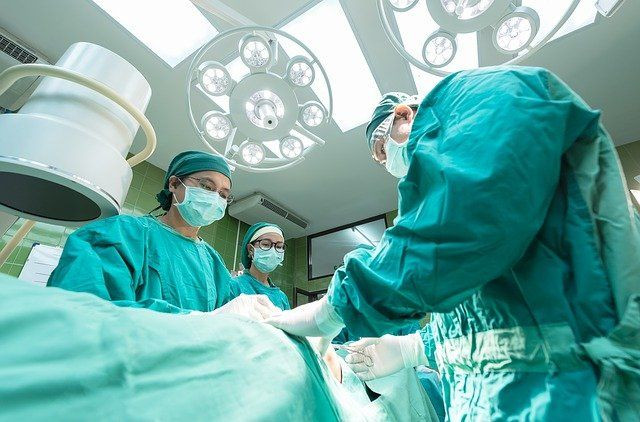3-Month-Old Conjoined Twins Connected At Head To Get $500K For Separation Surgery
KEY POINTS
- The Ghana government is reportedly allocating about $2.5 million to the hospital
- The procedure will take place at the Greater Accra Regional Hospital
- This surgery will be the first of its kind in the country
The government of Ghana has offered to cover the total cost of surgery to separate 3-month-old conjoined twins connected at the head.
Akosua Frema Osei-Opare, chief-of-staff of the country's presidency, announced the decision Monday after receiving several requests to help the family. Doctors estimated the total cost, including the pre-post treatment, surgery, medication and tests, will be about $500,000 (3.0 million Ghana cedis), local media Modern News GH reported. The chief-of-staff told officials at the Greater Accra Regional Hospital that President Nana Addo Dankwa Akufo-Addo had issued directives for the payment.
“It is my pleasure to announce that the President has said that all related costs, all the cost of this exercise, the state is willing to take over and is ready to take over the cost,” Osei-Opare said. "The president sees the gesture as an opportunity to save lives and help the family of the twins."
Doctors at the regional hospital expressed confidence that the surgery, which will be the first of its kind in the country, would be successful, Xinhuanet reported. It remains unclear when the procedure would take place.
Osei-Opare said the presidency is allocating more than $2.5 million (GH¢15million) to pay for the entire procedure. The amount will be used for specialized equipment needed for the surgery. The rest of the amount will be used to procure consumables, medication and tests the family would need during the 12-18-month procedure to separate the conjoined twins.
According to the Mayo Clinic, two babies who are born physically attached are called conjoined twins or Siamese twins. This happens when an embryo fails to fully separate to form two individuals. In most cases, the twins are connected to each other at the chest, pelvis or abdomen. They may share one or more internal organs as well.
Conjoined twins are born once every 200,000 births, according to the National Center for Biotechnology Information. However, not many survive the process. An estimated 40 to 60% are stillborn, while another 35% only survive a single day. The survival rate overall ranges between 5-25%. Twins conjoined at the skull are extremely rare and are known as craniopagus twins. The vast majority do not survive beyond childhood.






















